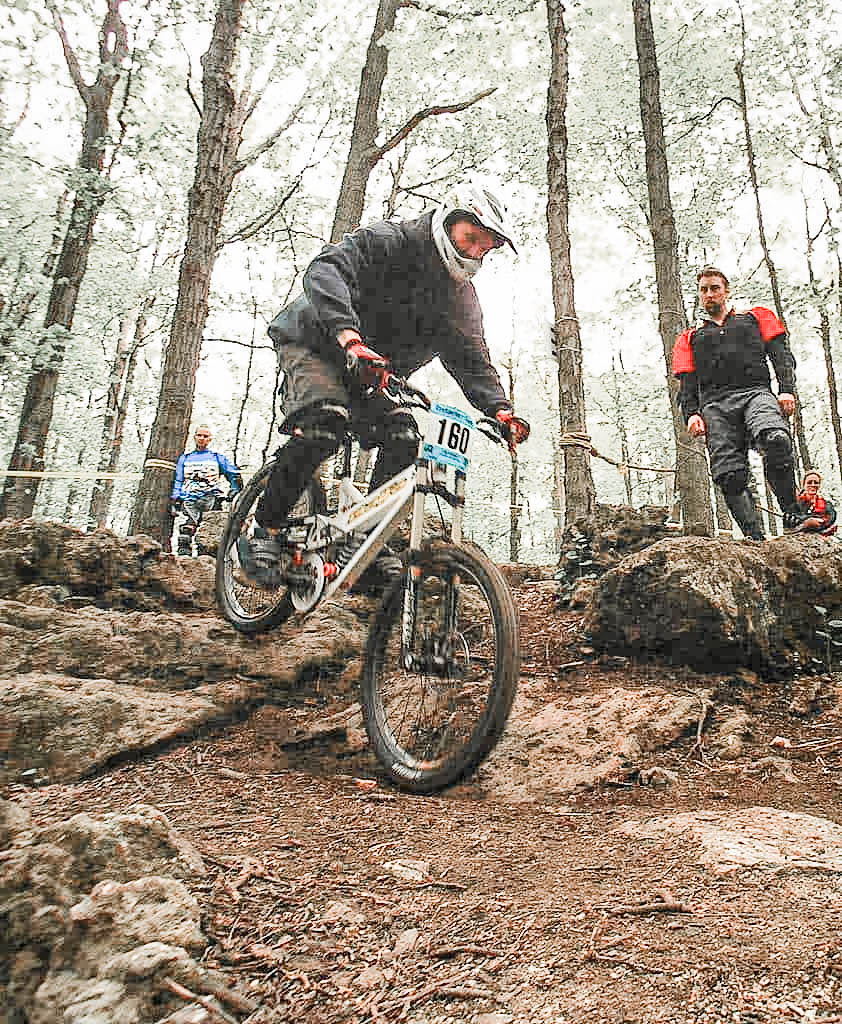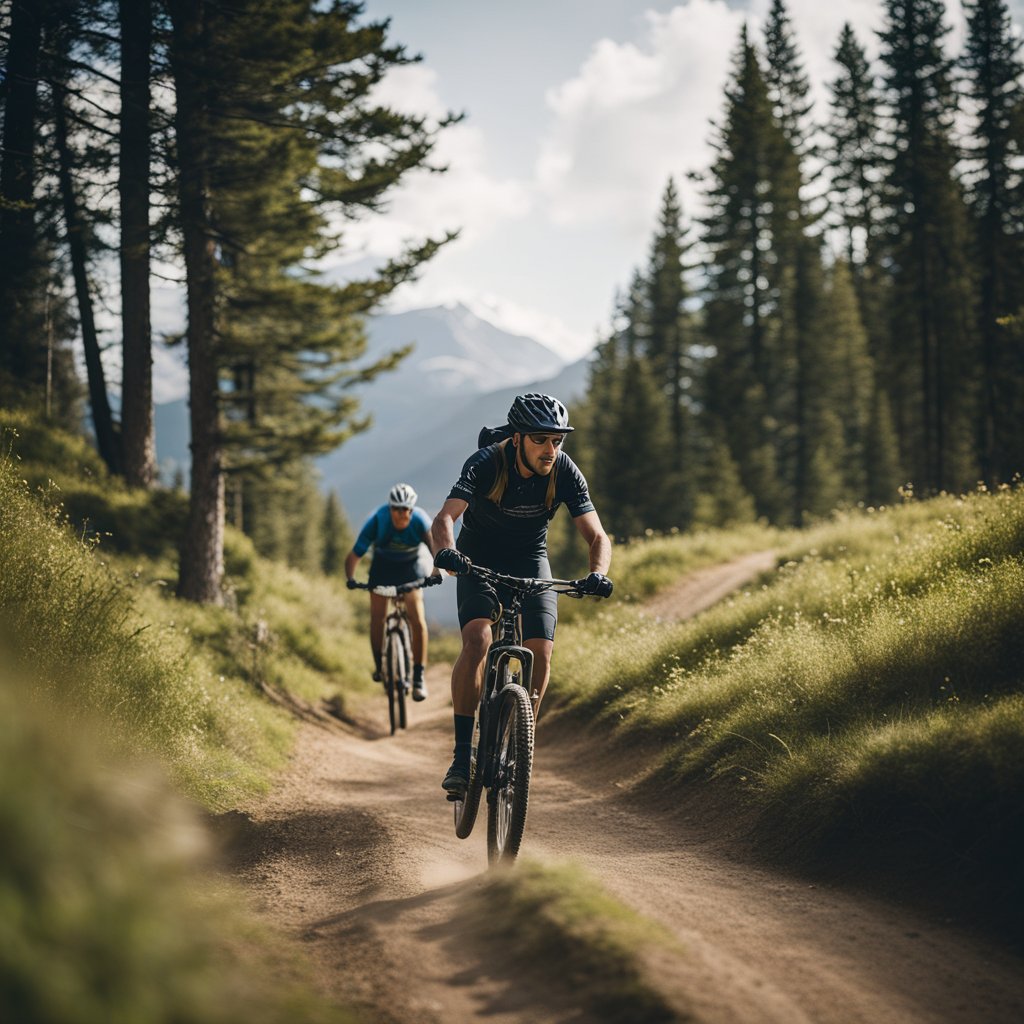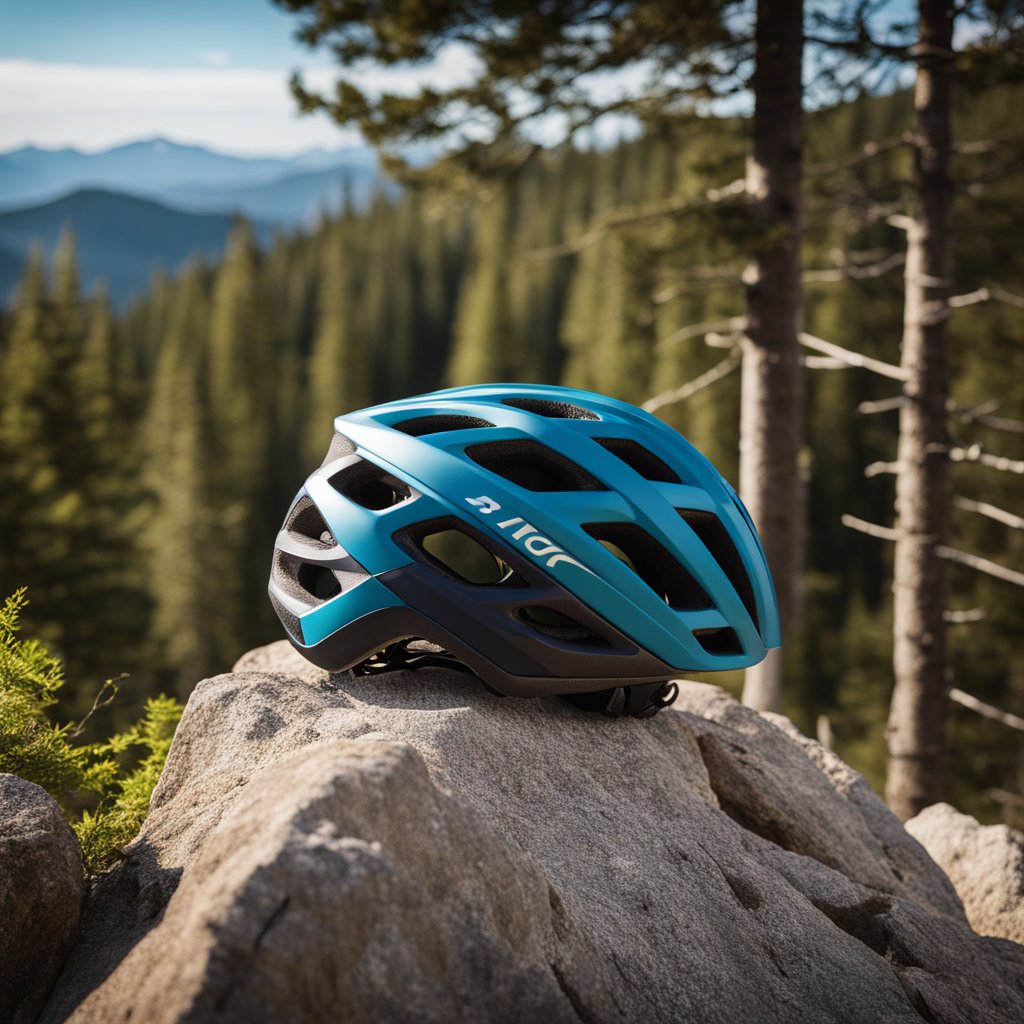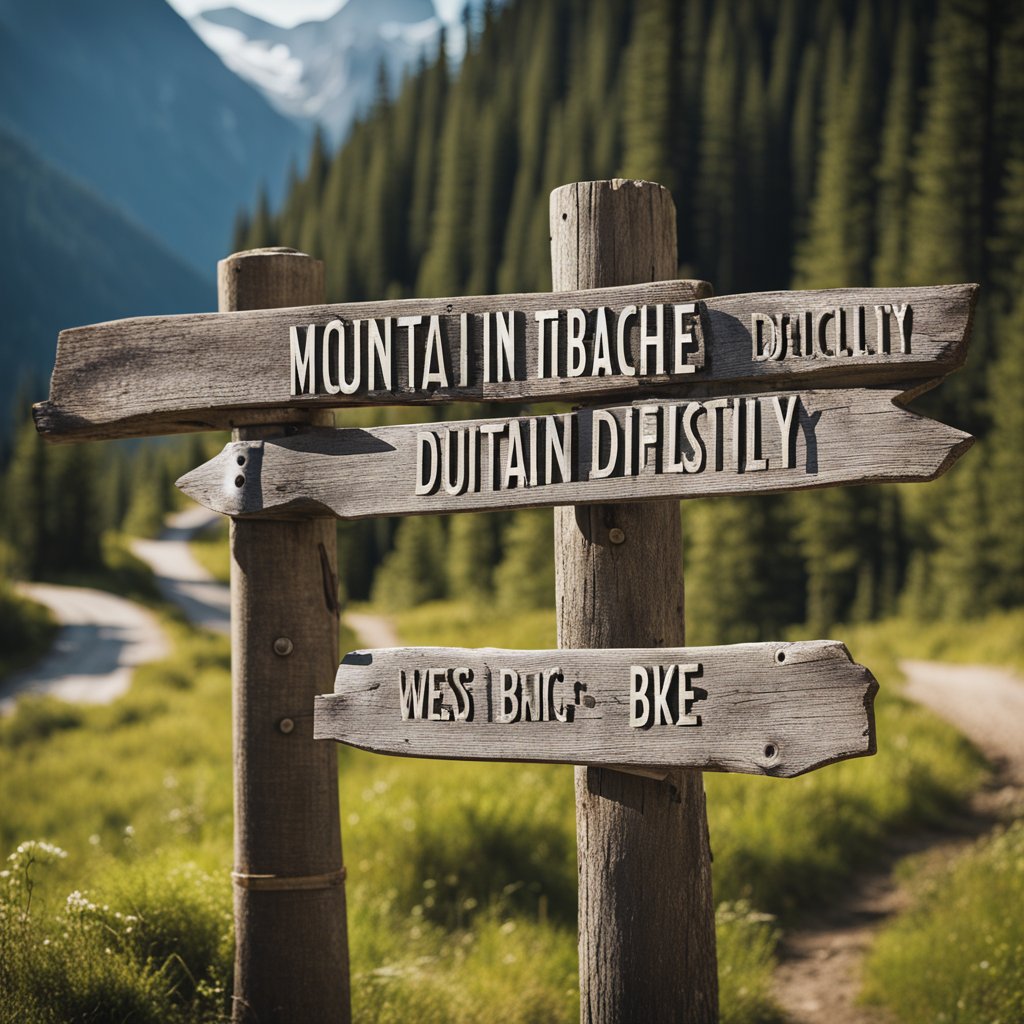If you’re new to the sport of mountain biking, you might be trying to figure out if you can repurpose some of the gear you already own. I’ve seen everything from motorcycle helmets to gardening/mechanics gloves being used on the trails. What about mountain biking in running shoes though?
Mountain biking in running shoes is a bad idea in terms of both performance and safety. Their tread design won’t grip a pedal properly and their soles are too soft. This will limit the power you can put down when pedaling and can potentially cause your feet to slip off the pedals.
Running shoes have too much tread
Running and cross-training shoes are designed to grip the ground. Many of them have larger tread lugs to be able to dig into different types of terrain. This is the exact opposite of what you want in a mountain biking shoe.
A shoe needs to have a flat surface in order to contact as much of the pedal as possible. Those larger lugs might be great for digging into the ground but they act as tiny little stilts that will have you wobbling on the face of your pedals.
Higher end flat mountain bike pedals tend to have larger pins or spikes on them. When paired with a flat-soled shoe, they offer a lot of bite. Attempting to stack large tread lugs from a running shoe on them however, eliminates any positive effects the pedals might offer.
The soles of running shoes aren’t firm enough
Running shoes are meant to flex with your foot as you take a step. This is not what you want when it comes to mountain bike pedals. You’ll lose a ton of control over your bike because your feet will be trying to wrap around the pedal rather than stand on top of it.
Wearing soft-soled shoes on a mountain bike can hurt your feet after a little time in the saddle. The pedals are going to want to push into the arch of your foot, especially when you’re standing up with all of your body weight on them. This can lead to some painful foot problems that can cause you trouble in the long run.

Mountain bike pedals can damage them
Those higher end pedals I mentioned earlier are fantastic in terms of grip. Think about how they create that grip though – with pins that dig into the sole of the shoe. If your shoes aren’t meant for this, those pins or spikes can absolutely chew through the soles in a short amount of time.
Running shoes were never designed to have to deal with sharp points being stuck into them under your full body weight. That combined with the movement that pedaling creates will shred through them like a hot knife through butter.
Running shoes are too wide
Some running shoes are wider than what you would typically wear for mountain biking. This can cause trouble depending on the shape and size of your pedals. Having a little overhang off the side of the pedal isn’t the end of the world but too much can cause a lot of foot pain.
The other issue with wider shoes is the possibility of them rubbing your crank arms while you ride. This can be uncomfortable and can easily rub through the finish of your crank arms. You might not care about this if you purchased a cheap mountain bike but if you’ve saved up for your pride and joy, that type of wear can be a real bummer.
Why biking specific shoes work better
Lucky for us, companies like 5.10 have designed shoes specifically for mountain biking. When combined with a high quality set of flat pedals, they can be incredibly effective.
What makes them work so well? First, they have a nice flat sole that’s intended to offer plenty of surface area for the pedals to contact. No big tread lugs here, just a whole bunch of real estate for the pins to bite into. Every pedal is different so the pins might be placed in different spots. Having a flat sole gives plenty of room for them to line up wherever they need to.
The other reason mountain biking shoes work better is due to their firm sole. They aren’t going to flex under your weight when you’re stepping on a pedal. This gives you a lot more control over the bike and it limits how much power is robbed from your pedal stroke. Think of any flex in your shoe sole as being wasted energy that could be going through your pedals and into your rear tire.
The biggest difference between mountain biking shoes and running shoes is the compound. Biking companies have figured out the perfect compound to make the soles incredibly sticky to the point where it can even be difficult to remove them from the pedals at times.
This is about as close to running clipless pedals as you can get in terms of consistency and control. For many people, clipless pedals and shoes aren’t an option. They still want to get the most grip on their bikes though so a pair of these shoes mated with some high quality flat pedals is definitely the next best thing.
Mountain biking shoes will also offer some impact protection from things like branches, rocks, and roots. Some designs will ride up a little higher in order to protect your ankle and offer some extra stability.

Are skate shoes good for mountain biking?
If you aren’t willing to bite the bullet on buying mountain bike specific shoes, a pair of skate shoes will be good enough to get you out on the trail. They have firm, flat soles that are meant to grip a skateboard and that can also make them functional on mountain bike pedals.
Rubbing might still be an issue because many skateboard shoes fit fairly wide. This is one of the compromises you make by avoiding the extra cost of mountain bike shoes.
The biggest downside to using skate shoes for mountain biking is the compound of the sole. These are typically a lot harder than mountain bike shoes which makes it harder for the pins of the pedal to really dig in. They’ll still work – just not as well. You might never notice this downside unless you’ve tried a pair of mountain biking shoes before. You likely won’t want to go back in that case.

Tim is the founder of SimpleMTB and has been mountain biking for decades. He raced in the Ontario Cup series during his teenage years and riding continues to be one of his favorite hobbies now as an adult.



